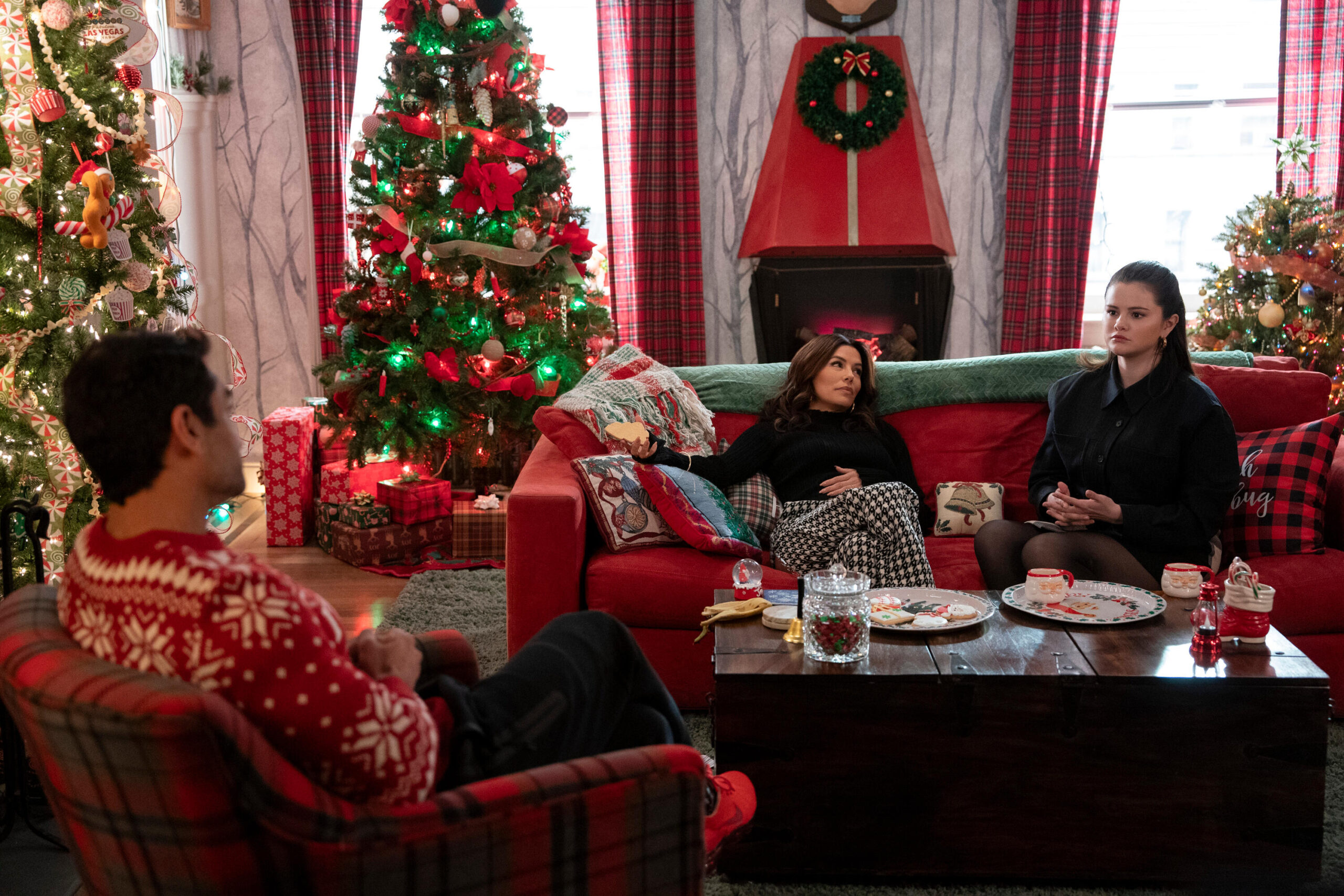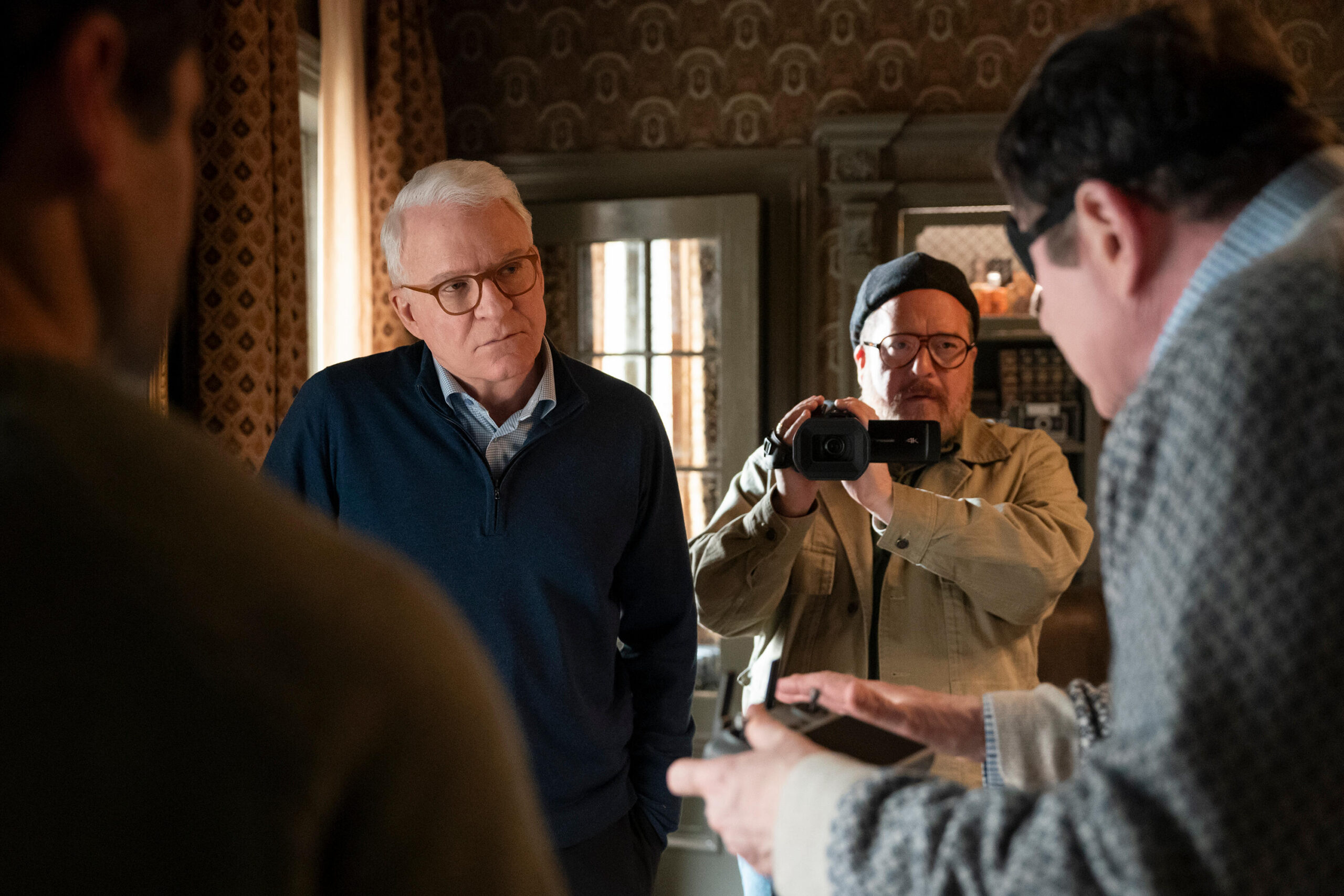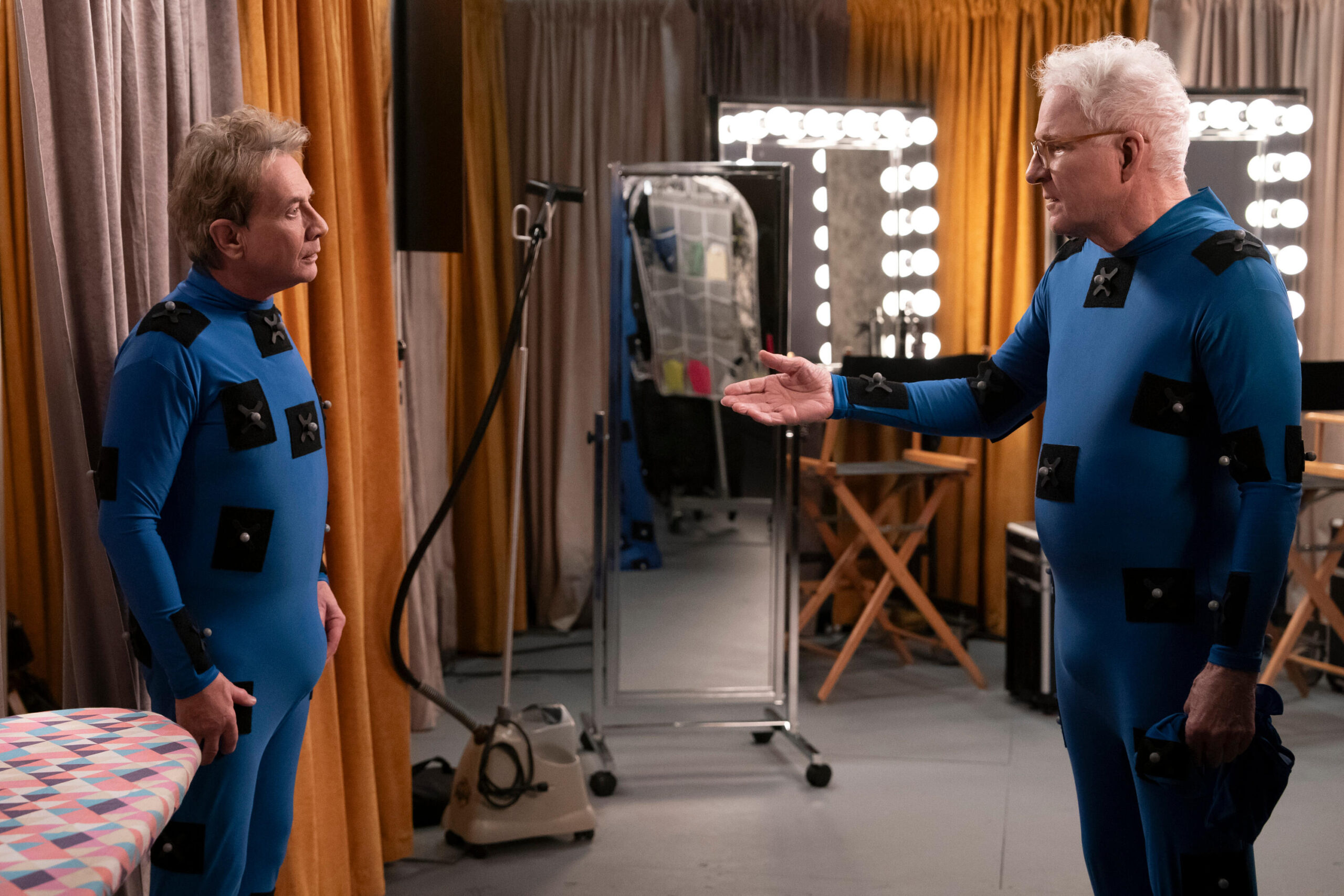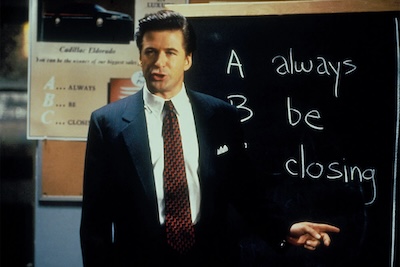For a show like Only Murders in the Building, the editing can make or break how we perceive the story. Not only is the Emmy-winning series a comedy, but catching a look between characters could make us suspect someone or the pacing of a chase scene can alter our perception of how we think the mystery will end. Somehow the John Hoffman and Steve Martin series has only gained more momentum and notoriety, and season four is its most ambitious outing yet. For editor Matthew Barbato, returning to the world of the Arconia for three very different episodes meant pulling out all the stops to assist in expanding the investigation.
Since we entered the world of Hollywood, agents, temperamental actors, and screenwriters have all been considered on the murder board of our beloved trio. Halfway through the season, Trina and Tawny Brothers became the prime suspects for a spell, and I had to ask Barbato, who comes back for the first time since season one, if he would work on a Brothers Sisters set.
“I’m not so sure,” he admits with caution. “But I’d probably give it a shot. It would look very good on a resume.”
Is it intimidating to jump back into Only Murders after two years away? Barbato admits that while the scale may have increased, he could rely on the principles of balancing the tone and the comedy of the series. Just because our favorite podcasters have been whisked off to Hollywood doesn’t mean they have lost themselves.

“Even when we were doing season one, it became clear pretty quickly that we would have to balance character with mystery and comedy,” he says. “It was tricky back then, but once we figured it out, John Hoffman, our showrunner, was able to take it further and further with each season. We constantly think about how far we can take it before it breaks. How far we can stretch it and how complex you can make it before it topples over. John has created a world where all of these things can coexist. It doesn’t always happen naturally, and it’s not always easy, so we do have to make some hard decisions in the edit timelines. Episode nine is a good example of that, but a lot of that comes down to great writing and great performances. It’s up to us to have a check and balance system for the intention of the season to make sure we don’t let it fall down.”
Last year, Barbato worked on Peacock’s limited series, Apples Never Fall–a very different kind of mystery. I couldn’t help but wonder if editors approach mystery with an unbiased lens, whether it be a New York City based anthology comedy or a Floridian drama with real-life consequences. Are all mysteries cut from the same cloth?
“I can usually find the tone pretty quickly and whatever show I am working on, because I approach each one as its own thing,” Barbato says. “I respond to the material, the performances, and the script, and I just try to honor the purpose of the scenes and the overall arc of what we are trying to do. It comes down to emotion and performance, because even when you’re telling a mystery, what’s important is how people are experiencing that story. With Only Murders, obviously, there’s comedy in it, too, but there are shows where there’s real danger and life-threatening situations that are not hilarious.”
In the first of Barbato’s episodes (he worked on three, six, and nine), Martin Short, Steve Martin, and Selena Gomez’s characters are separated as they question their respective suspects, and since they are taking on entirely new characters, we don’t know what to expect. The energies are so well balanced as we cut back and forth from these new zany people that it feels like the comedy remains even-keeled.
“With every character interaction, you’re trying to honor what each character wants and let the audience know how they are feeling about it,” he says. “The scripts are so well-written, and it’s this idea that the three of them are going off on their own little adventures, and they each have a goal. But then you have the overarching momentum of the show, which is that it needs to build in itself, so they reach this point where there is this frantic grasping for answers. In this case, each of the characters is getting challenged by other people’s ideas of who they are. They have to witness alternative versions of themselves, and the whole thing is getting a little crazy for them. As you’re building and putting those scenes together, you’re also building the groundwork for the momentum of the end of the show. You’re conscious of the pace of not just the individual scenes.”

Episode six, “Blow-Up,” doesn’t look like any other episode of Only Murders that we have seen before. Shot entirely from cameras placed on the set, this is Barbato’s masterpiece in how it weaves together a completely riveting narrative using nontraditional filmmaking. Just think about the cameras and you will see how much work Barbato had in terms of establishing a coherent story. Howard is holding a camera as developments unfold. We learn just how many hidden cameras were placed by the Brothers sisters throughout the Arconia. Those don’t even include the drone camera, the doggie cam or the lens being watched by the killer. Barbato knocks it out of the park, but he knew that it was a massive undertaking.
“I read the script, and it seemed so ambitious, and there was so much prep,” Barbato admits. “There had to be a way to get a handle on it. Our director, Jessica Yu, and our DP, Kyle Wullschleger, did such a great job shooting it and there was still a lot of creative input for me on the back end to figure out how to piece it all together. With something like that, you can envision transitions or how things are going to go, but, until you see it, you don’t really know. It gave me a lot of room to play and add my own stuff too, but it’s a deceptively simple episode. People can look at it and think, ‘This is one-take stuff…how hard is that to edit?’ and the truth is that there is not one take of anything. There’ll be edits in every shot. There are static shots that have multiple edits in them that are unseen. The challenge with an episode like that is your hands are tied in a way they are not with regular coverage.
The camera should never find a person before they say a line because they’re anticipating that an actor is going to speak. It’s very hard to shoot this kind of stuff, and they don’t have all the time in the world to get it just right. Maybe the camera spins around before Steve Martin says a line, so I would have to put in some ADR where he might say something like, ‘Let me see,’ about the camera. The audience can’t feel like it’s a production camera that knows what’s going to happen. It just feels like Howard is swinging it over. It’s a matter of trying to balance and figure out a way to use footage and the available found footage to tell the story, so, hopefully, this new kind of format can be used to infuse even more tension, drama, and weirdness to it.”
Barbato even reminded me of how we shouldn’t forget that Howard, and not a cameraperson, is operating our main camera. Hilariously, I might add, by Michael Cyril Creighton.
“You can’t adjust the pace in the same way that you can when you have close-ups of people, so I had to figure out how to keep that pace and momentum up,” he says. “I realized very quickly that audio was going to be a huge part of that. For instance, at the start we have Howard manning the camera. He’s not just a cameraman–he’s Howard. He’s part of the world, and he would be contributing since he is a person that other characters talk to. I threw out a bunch of ideas for Howard and I shot off the set, so we got some wild track back and I threw it in everywhere I could–that gave us so much. It adds jokes, but it also fills up the pace.”

As we hurtle towards the finale, the script of episode nine is infused with a storyline about friendship between Charles and Oliver. Even though we are inching towards discovering who the killer (or killers?) is, it never feels distracting or as if we are taking too much of an emotional detour. Barbato balances everything so well that we love these characters all over again.
“As the penultimate episode of the season, it should be about the drive to discover clues, but there is a very significant story here between Oliver and Charles that dominates the episode,” Barbato says. “Trying to find out who the stuntman is is, almost, the B-story, and it took me a second to realize that this is a story of about their friendship–that’s the important part. You have to honor the energy and momentum of the investigation, so it remains the backbone of it before I could beef up the relationship story. I co-edited that episode with my longtime collaborator, Jack Cunningham, and he did such a fantastic job. We talked about how to make the scenes and the moments really resonate. There’s some significant choices that were made in this episode more than any of the other episodes to make that work. For instance, the big issue with the episode is that we ended up pulling out comedy in a number of key places in order to land the emotions of the scene.
When Steve and Martin are fighting in the blue dot suit, it was originally played in a way and shot where there was a lot of comedy afterwards. There was too much information and when we get to the next scene, I wanted Charles to still be annoyed and not interested in Oliver’s input. I took off any comedy and just let Charles walk off and be upset so the audience has that in their heads. Charles then blows up in front of Ron Howard. Some people say about editing that a scene’s not working, and, sometimes, the scene doesn’t work because you haven’t set up the story properly. That was a big point of focus for us to get built up so the emotional punch lands as strong as possible.”
Only Murders in the Building concludes its fourth season on Tuesday October, 29. You can catch all seasons streaming now on Hulu and Disney+.









![We Could Go See BOOP! And Predict the Tony Awards! [PODCAST]](https://thecontending.com/wp-content/uploads/2025/06/tonys-120x86.png)